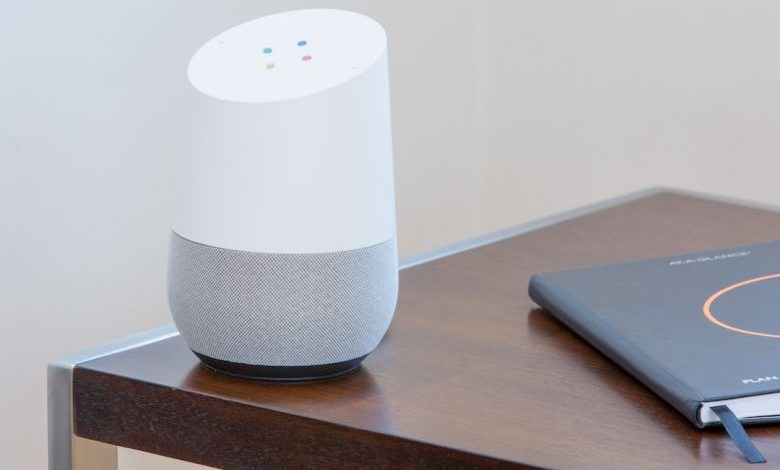How Does Home Automation Technology Work?

Home automation technology has revolutionized the way we live, making our homes smarter and more convenient. From controlling the lights and temperature to managing security systems and appliances, home automation has become an essential part of modern living. But how exactly does this technology work? In this article, we will explore the inner workings of home automation systems and shed light on how they bring convenience and efficiency to our daily lives.
The Basics of Home Automation
At its core, home automation technology involves connecting various devices and systems in your home to a central control system. This control system allows you to manage and monitor these devices remotely, using either a smartphone, tablet, or computer. The devices can range from simple ones like light bulbs and thermostats to more complex ones like security cameras and smart locks.
Communication Protocols
To enable communication between different devices, home automation systems use a variety of protocols. The most common ones include Wi-Fi, Bluetooth, Zigbee, and Z-Wave. Wi-Fi is widely used for high-bandwidth applications, such as streaming media or controlling smart TVs. Bluetooth, on the other hand, is ideal for short-range connections, like controlling speakers or unlocking doors. Zigbee and Z-Wave are low-power wireless protocols designed specifically for home automation, allowing devices to communicate with each other and with the central control system.
Central Control Hub
The central control hub serves as the brain of the home automation system. It is responsible for receiving and processing commands from the user and then transmitting them to the respective devices. This hub can be a standalone device or integrated into other devices like smart speakers or routers. The most popular examples of central control hubs are Amazon Echo, Google Nest Hub, and Apple HomePod.
Smart Devices
To make your home “smart,” you need to connect various devices to the central control system. These devices can be broadly categorized into three types: sensors, actuators, and controllers. Sensors detect changes in the environment, such as motion, temperature, or light levels. Actuators, on the other hand, are devices that can perform actions based on the commands received. This includes turning on/off lights, adjusting thermostats, or locking doors. Controllers are devices that enable user interaction and serve as a gateway between the user and the central control system.
Automation Rules
One of the key features of home automation is the ability to create automation rules. These rules allow you to define how different devices should behave based on specific triggers or conditions. For example, you can set a rule to turn off all the lights when no motion is detected in a room for a certain period of time. This automation not only saves energy but also adds convenience to your daily life.
Voice Control and Artificial Intelligence
With the rise of smart speakers and virtual assistants, voice control has become an integral part of home automation systems. Using natural language processing and artificial intelligence, these systems can understand and execute voice commands. This allows you to control your devices simply by speaking to them. For example, you can say “Hey Google, turn off the lights” and the system will send a command to the central control hub to switch off the lights.
Benefits of Home Automation
Home automation technology offers numerous benefits to homeowners. Firstly, it enhances convenience by allowing you to control various devices from anywhere in the world, as long as you have an internet connection. Secondly, it improves energy efficiency by automating tasks like turning off lights or adjusting thermostats when not needed. This can lead to significant energy savings over time. Lastly, home automation also enhances security by enabling you to monitor and control security cameras, locks, and alarm systems remotely.
In conclusion
Home automation technology has transformed the way we interact with our homes. By connecting devices and systems to a central control hub, we can now control and monitor our homes from anywhere in the world. With the advancements in communication protocols, voice control, and artificial intelligence, home automation systems have become more intuitive and user-friendly. Whether it’s managing lights, temperature, security, or appliances, home automation technology offers convenience, energy efficiency, and peace of mind to homeowners.




